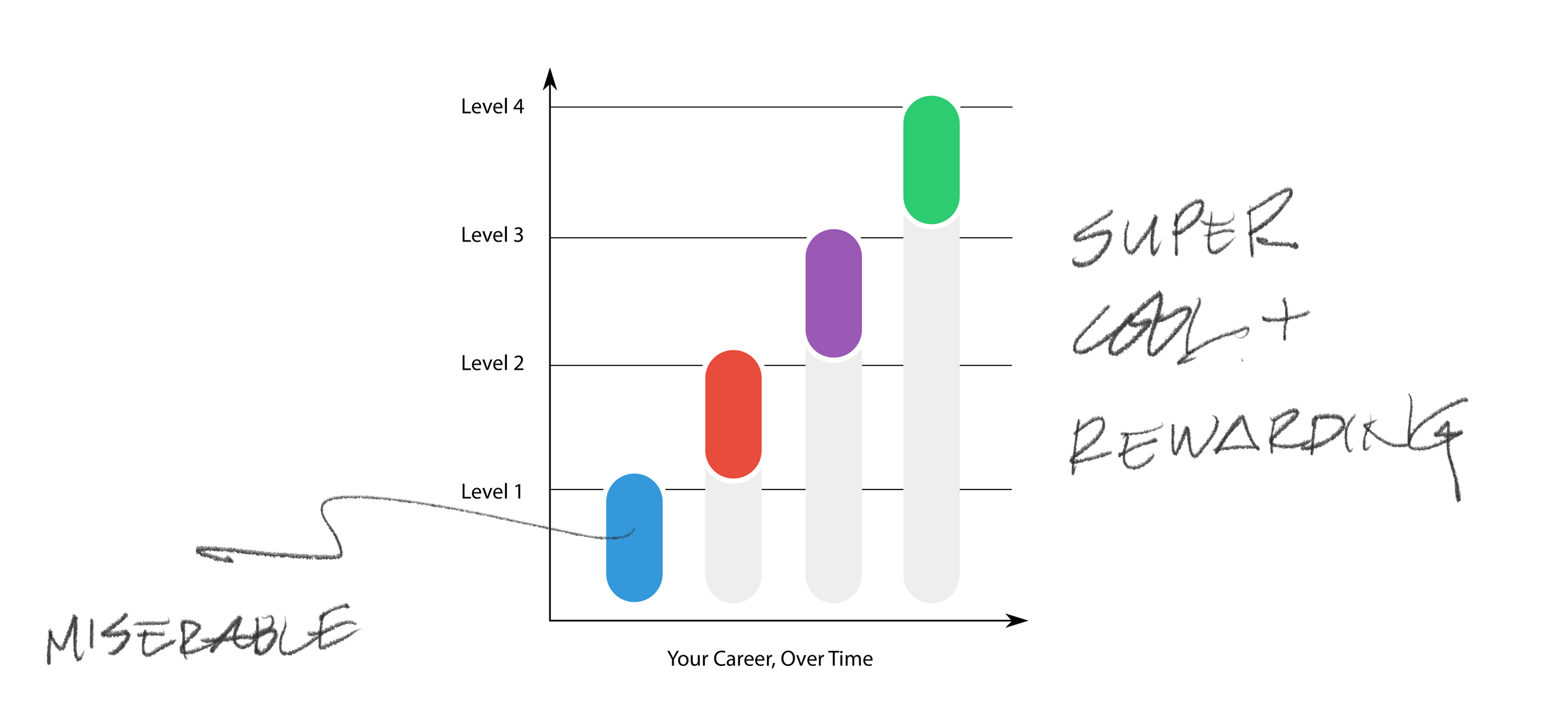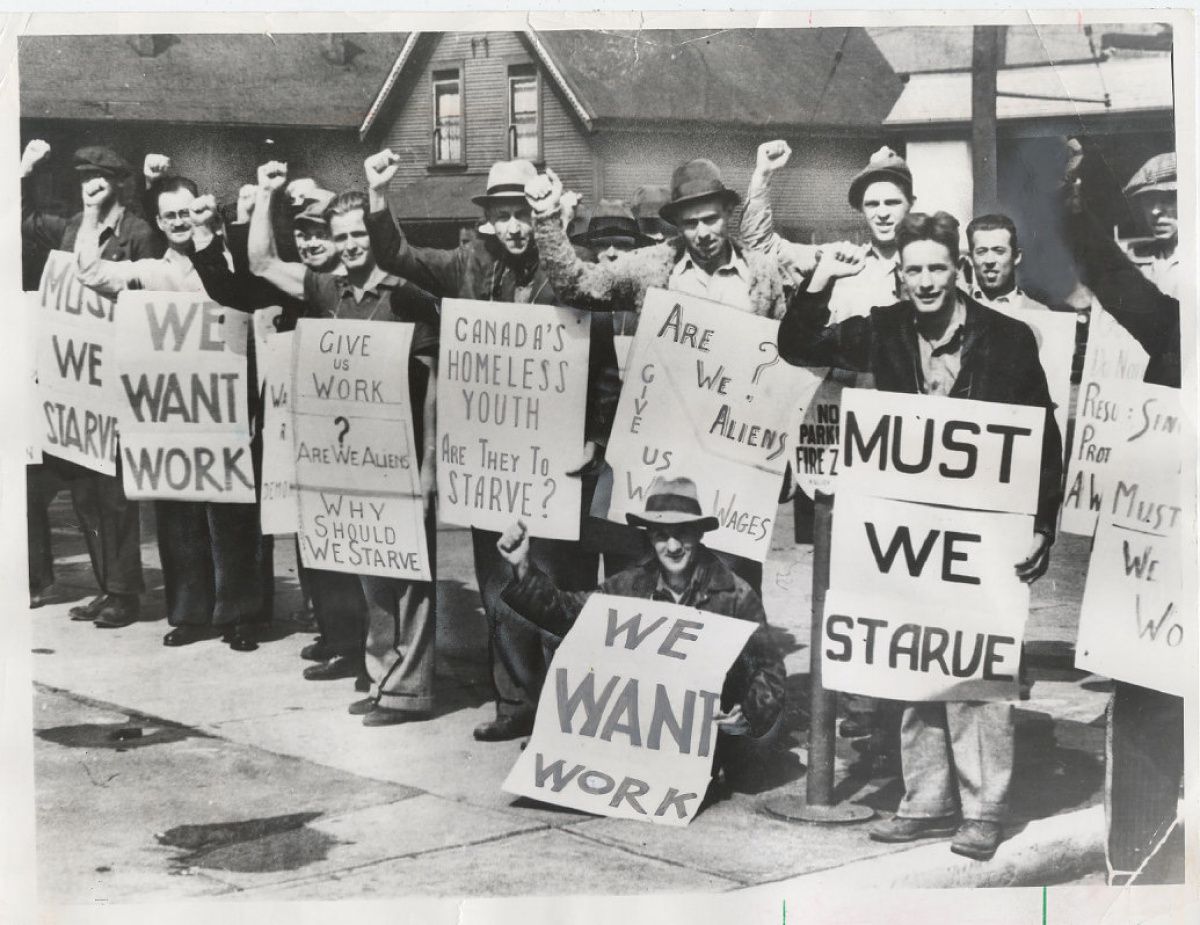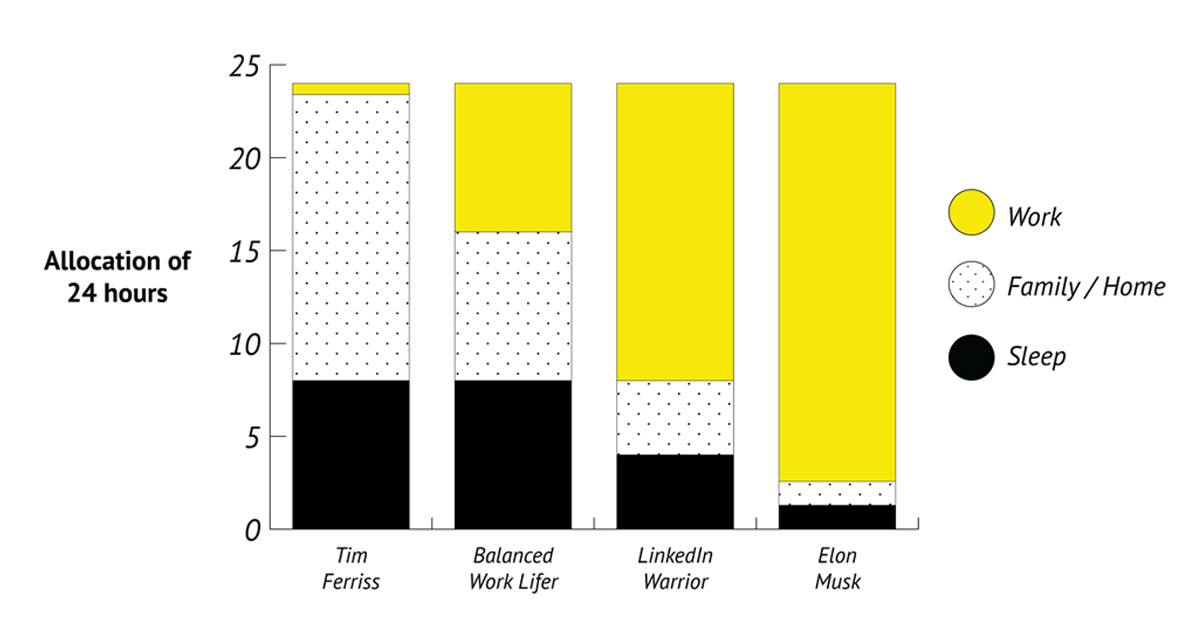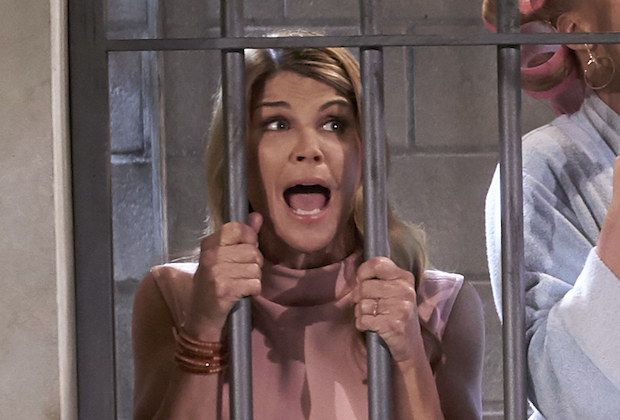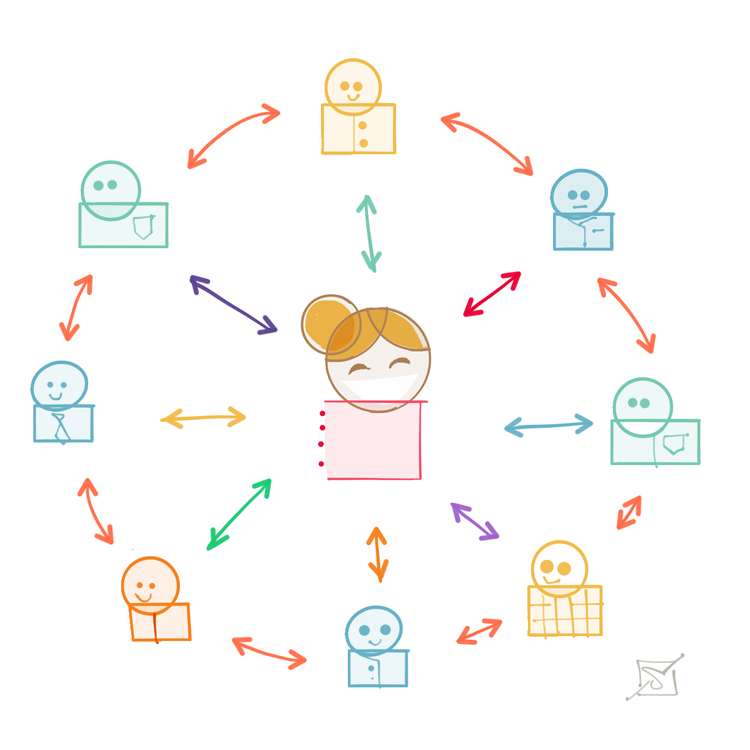What I am writing about today is obvious to most of us on a personal level, but somehow within the complexity of egos within the workplace, we misinterpret people's actions, and we make grave assumptions about their intentions.

First, let's briefly touch on disagreements. If you are in a position of authority, and you have done your part to hire the most bright, capable people, then you should EXPECT and HOPE for disagreement. Meetings should be teeming with competing ideas. These disagreements should spill into the hallways.
The most capable leaders embrace these disagreements. If you are skeptical of this kind of culture, or you think that it's chaos and anarchy, then keep reading.
Encouraging Productive Disagreements
Here's a simple, actionable tool to demonstrate what I’m talking about here. It’s actually what I do here at smithHOUSE.
Me to the new staffer on Day 1:
“This is how we roll here. I am going to tell you what to do. I expect you to do it. However, if you disagree with me, or if you feel that I do not have enough information to make the judgement call, I expect you to tell me. I will listen intently, and ask you questions. I want to know what you know. After that brief discussion, we will proceed in one of two ways: 1) You do what I say, and you complete the task with a smile. 2) Having listened to you, I will make a new, informed request of you, and you complete the task with a smile.”
This plays out every day. I tell people what do to. Sometimes they get right to work, other times they disagree and we talk through it. It's awesome.
There are two critical things that happen in these 60-second discussions:
- First, by listening to disagreeable facts and opinion, I make a more informed decision.
- Second, they feel affirmed that their expertise and opinion was heard.
Win. Win.
Note that in this simple dialogue, I accept competing ideas, yet I maintain my authority so that we can accomplish our goals. At no point do I lose credibility as a leader.
Dealing with Disobedience
Now let's talk about something entirely different than disagreement. Let's talk about disobedience.
- What if they do not listen?
- They ignore your requests?
- What do you do with a defiant staffer?
If you find that someone on your staff is defiant, find out why they are defiant. Not all defiance is the same. In my experience, defiance takes on two distinct forms:
1. Disobedience by Default
These are people who just do not like authority. They didn’t like authority in high school, and they do not like it now in adulthood. Their defiance becomes more complicated as they age and tumble through adulthood. Maybe they think they are smarter, or they think they are more deserving of a leading role at your company. Maybe they are just arrogant. Or maybe they just don’t understand the fundamentals of being on a team.
If this is a sign of immaturity, then set them straight. But if this is deep seated defiance, you can’t fix that.
2. Disobedience through Neglect
These are people who consistently contribute to your company. They show up, they work hard, they get better at their job with every day. However, if these people are not respected or rewarded for their contribution to your company, they will turn and become disobedient. They will ignore or undermine your authority. Or they will defy you in public. This pattern of defiance will continue until you wake up, or they’ll leave your company and be off to a new chapter of life.
If key staffers are disobedient because of neglect, then rebuilding these relationships should be your top priority. It's foolish to expect them to come to you and explain their open resistance to your leadership. You should calmly approach them, and ask what's going on.
Whatever you do, do not assume that disobedience is all the same.
Bottom Line
Disagreements are (usually) good. Your job is to harness these feisty discussions to help your team grow. However, disobedience is a problem. Before you bring the hammer on disobedient staffers, it's worth your time to first find out why they are being disobedient. You can start by asking them.
Do you like this topic? Last year, I wrote a couple of posts challenging the top of the org chart. In my first blog, I warned against cultures of blame, and encouraged leaders to create cultures of accountability. In my second blog, I addressed 4 Signs of a Dysfunctional Workplace, led off by the #1 dysfunction: “When everyone agrees with the boss.” Give them a read!







